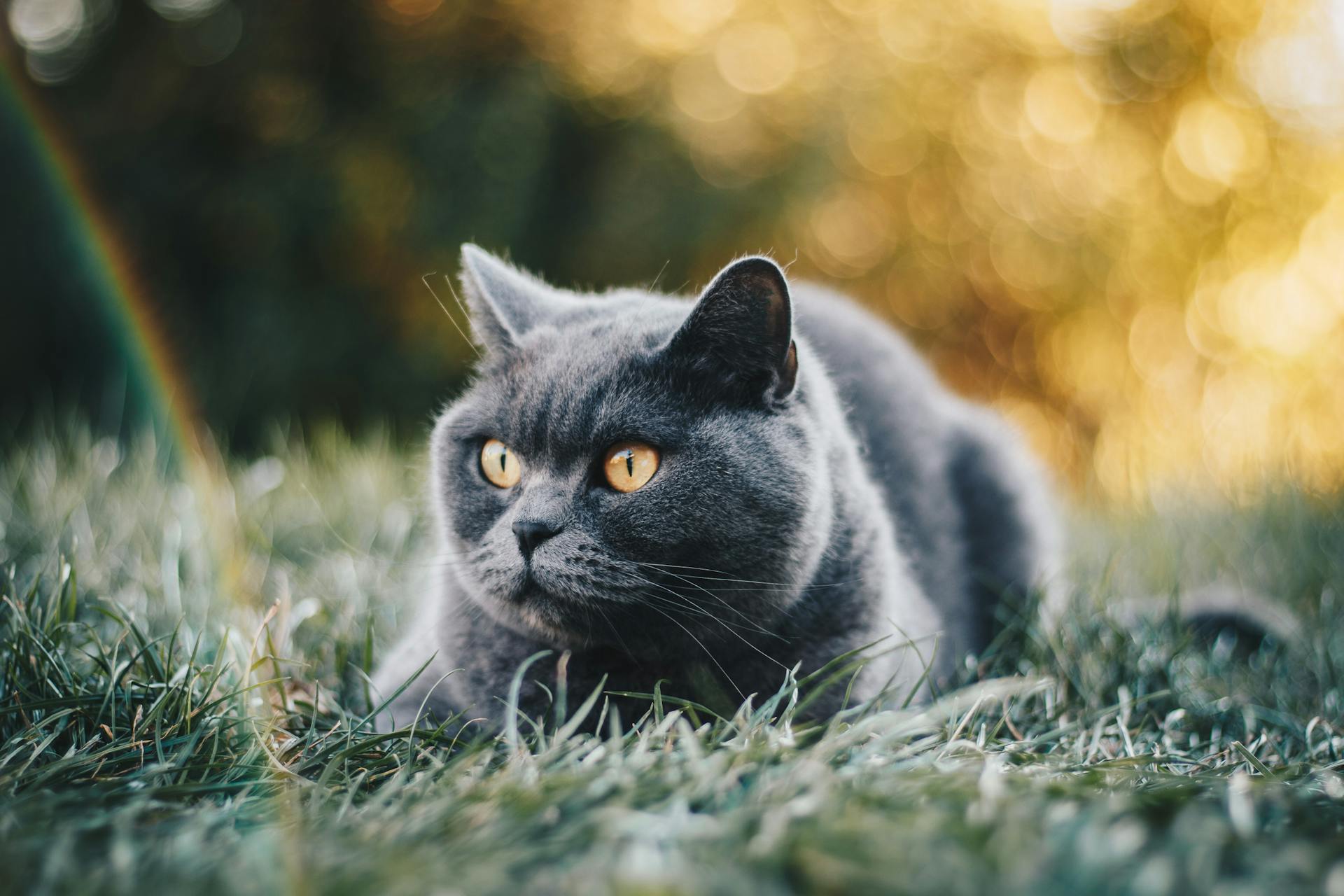Unlocking Your British Shorthair’s Potential: A Guide to Training Your Cat for Fun Tricks
Why Train Your Cat?
Training your cat is often overlooked, but it can be a highly rewarding experience for both you and your feline friend. Unlike dogs, cats are not as readily associated with obedience training, but they are just as capable of learning and performing fun tricks. Here’s why you should consider training your British Shorthair:
- Mental Stimulation: Cats, especially breeds like the British Shorthair, can get bored if they don’t have enough mental and physical stimulation. Training provides them with the challenge and engagement they need to stay happy and healthy.
- Bonding: Training is a great way to strengthen the bond between you and your cat. It involves spending quality time together, understanding each other’s communication, and building trust.
- Behavioral Benefits: Training can help address behavioral issues such as scratching furniture or excessive meowing. By redirecting their energy into positive behaviors, you can create a more harmonious home environment.
Understanding Your Cat’s Language
Before you start training, it’s crucial to understand how your cat communicates. Cats use a variety of signals to convey their feelings and needs, including meows, body language, and scent marking.
Lire également : Understanding Heat Stroke in Rabbits: Essential Tips for Care During UK Heatwaves
Decoding Meows
- Different Types of Meows: Cats meow for various reasons such as hunger, attention, or distress. Learning to distinguish between these different meows can help you respond appropriately to your cat’s needs.
- Responding to Meows: When your cat meows, it’s important to acknowledge and respond. Ignoring their attempts to communicate can make them feel unheard and unloved.
Reading Body Language
- Tail Positions: A tail held high and twitching can indicate excitement or agitation, while a tucked tail may suggest fear or submission.
- Ear Positions: Ears forward and perked up usually indicate interest or alertness, while ears back or flattened can signify fear or anxiety.
Positive Reinforcement Training
Positive reinforcement is the most effective and humane way to train your cat. This method focuses on rewarding desired behaviors rather than punishing undesired ones.
Using Treats and Praise
- Choose the Right Treats: Cats love treats, especially those that are small, smelly, and unique. Use these treats to reward your cat for performing the desired behavior.
- Timing is Everything: Reward your cat immediately after they perform the desired action. This helps them associate the behavior with the reward.
Clicker Training
- What is Clicker Training?: Clicker training involves using a small device that makes a distinct sound (a click) to mark the exact moment your cat performs the desired behavior.
- How to Use a Clicker: Start by associating the click with a treat. Once your cat understands this association, you can use the clicker to mark desired behaviors and reward them with treats.
Fun Tricks to Teach Your Cat
Here are some fun and easy tricks to get you started:
A lire également : Ultimate Guide to Keeping Your Pet Safe and Calm During Guy Fawkes Night Fireworks
Trick 1: Sit
- How to Teach: Hold a treat above your cat’s head and move it backwards towards their tail. As they follow the treat with their nose, their bottom will lower into a sitting position.
- Reward: Click and give the treat as soon as they sit.
Trick 2: Shake Hands
- How to Teach: Hold a treat in your hand and place it near your cat’s paw. As they sniff the treat, they will naturally lift their paw to investigate.
- Reward: Click and give the treat as soon as they lift their paw.
Trick 3: Come When Called
- How to Teach: Start by calling your cat’s name and rewarding them with a treat when they come to you. Gradually increase the distance and distractions.
- Reward: Click and give the treat as soon as they respond to their name.
Creating a Training Schedule
Consistency is key when it comes to training your cat. Here’s how you can create a training schedule that works for you and your pet:
Daily Training Sessions
- Short Sessions: Cats have short attention spans, so keep training sessions short (5-10 minutes) and frequent (2-3 times a day).
- Variety: Mix up the tricks you’re teaching to keep things interesting for your cat.
Making It Fun
- Playtime: Incorporate playtime into your training sessions. Use toys and interactive games to make learning fun and engaging.
- Rotate Toys: Rotate your cat’s toys regularly to prevent boredom and keep them interested in play.
Common Challenges and Solutions
Training your cat can come with its challenges, but here are some common issues and how to address them:
Challenge 1: Lack of Interest
- Solution: Make sure the rewards are enticing enough. Try different types of treats or toys to see what motivates your cat.
- Example: If your cat is not interested in treats, try using catnip or their favorite toy as a reward.
Challenge 2: Distractions
- Solution: Start training in a quiet, distraction-free area and gradually introduce more distractions as your cat becomes more focused.
- Example: Begin training in a room with minimal noise and few distractions. As your cat becomes more reliable, you can move to areas with more activity.
Table: Comparing Training Methods
| Training Method | Description | Pros | Cons |
|---|---|---|---|
| Positive Reinforcement | Rewarding desired behaviors with treats or praise. | Encourages good behavior, strengthens bond, humane. | Requires patience and consistency. |
| Clicker Training | Using a clicker to mark desired behaviors and reward with treats. | Precise timing, effective for complex tricks. | Can be noisy, may require initial training for the cat to associate the click with rewards. |
| Negative Reinforcement | Removing an unpleasant stimulus when the desired behavior is performed. | Can be effective for some behaviors but is generally not recommended for cats. | Can be stressful, may lead to fear or aggression. |
Real-Life Examples and Testimonials
Training a Sphynx Cat
“I never thought I could train my Sphynx cat, but using positive reinforcement and clicker training, she now does tricks like sitting and shaking hands. It’s amazing to see her learn and have so much fun,” says Sarah, a cat owner from the United Kingdom.
Training a Maine Coon
“My Maine Coon, Max, was initially very stubborn, but with consistent training and the right rewards, he now comes when called and even does a few agility tricks. It’s been a game-changer for our relationship,” notes John, a cat owner from Maine.
Training your British Shorthair or any other breed of cat is a rewarding experience that can strengthen your bond, provide mental stimulation, and even address behavioral issues. By using positive reinforcement, clicker training, and creating a fun and engaging training schedule, you can unlock your cat’s full potential and make them a star in your home.
Final Tips
- Be Patient: Training a cat takes time and patience. Don’t get discouraged if progress is slow.
- Make It Fun: Incorporate play and fun activities into your training sessions to keep your cat engaged.
- Seek Help: If you’re having trouble, consider consulting with a professional animal trainer or behaviorist.
By following these tips and techniques, you can turn your cat into a well-behaved and entertaining companion that brings joy and laughter to your home. So, start training today and watch your feline friend shine
















